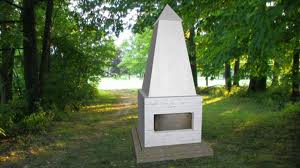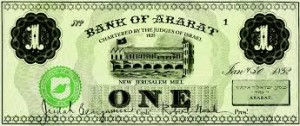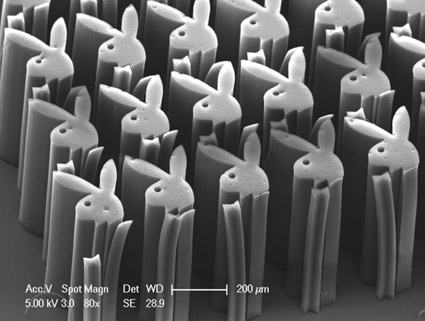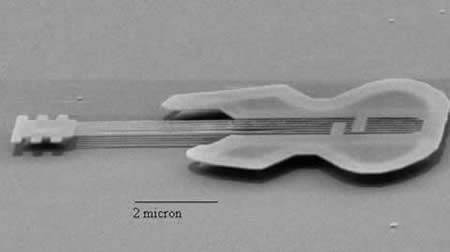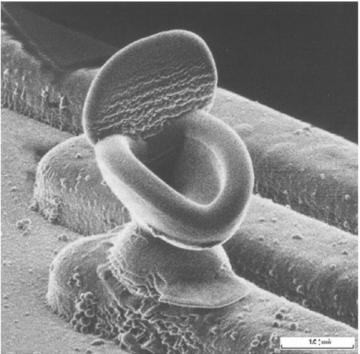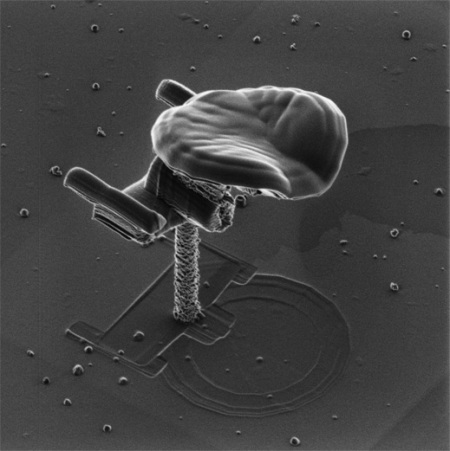A couple of weeks ago I crossed Grand Island in New York State, a rather desolate place at this time of year near the border with Canada. I was interested in a virtual art installation involving augmented reality, and quite a find it was too.
It turns out that in In September 1825, Major Mordecai Noah founded a city state called Ararat on Grand Island, “a city of refuge for the Jews”. His idea was to create a Jewish homeland. Noah’s dream never came to fruition, until that is a group of academics and artists decided to create a virtual tour of how the city might look today had it been constructed.
The tour involves downloading an app into your smartphone, and travelling to specific areas on the island. When you look through the camera of the phone various structures appear in the view that are not present in reality. There is a copy of a memorial that was designed but has fallen into decay, a synagogue, school, a theme park and various other typical structures. The group also produced postcards, stamps and money, as well as other objects in everyday use in any nation state. There is in fact only one original artefact from that period surviving today, a cornerstone that tells the story of the city’s foundation.
People who would like to take the tour have to download the mobile app Layar, and aim their devices’ cameras at the landscape. The application uses geolocation software to superimpose virtual objects at precise GPS coordinates, enabling the public to see the objects integrated into the physical location as if they existed in the real world.
Then you just take the photo and the object appears as if in real life, with your friends next to it if you like. The Mapping Arrarat website explains everything, and hosts a short video that demonstrates the installation in practice. There are also lots of photos of the various structures that show people interacting with a virtual landscape.
Although the computer graphics aren’t entirely convincing I am sure they will very quickly improve and get to the point of looking absolutely real, very much in the way that games have developed in recent years. And an installation of this type looks like a fantastic educational tool to me. Objects can be placed on the landscape and presumably old photos and plans could be used to re-make places and events. Wouldn’t it be interesting to go the the Great fire of London, or walk through antique Rome and come back with a few shots to show the family?
